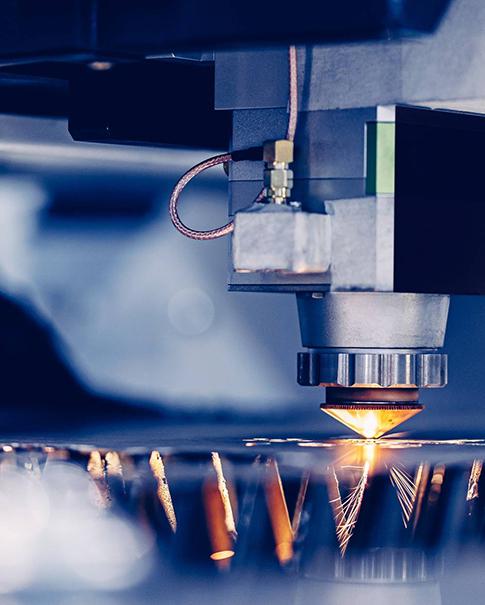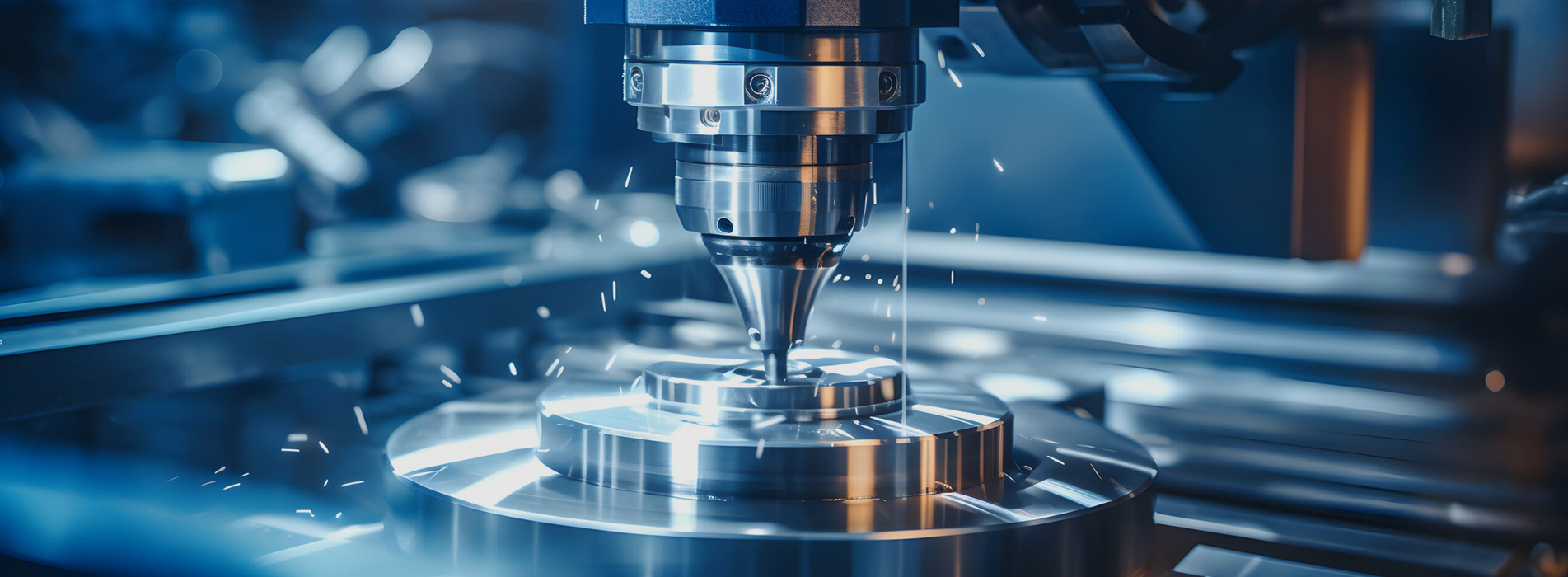Guide d'usinage CNC du cuivre : comment couper le cuivre avec précision
Sep 30, 2025
Aide l'outil à cisailler le cuivre au lieu de le maculerAvant-gardisteBord tranchant et poliEmpêche les bords accumulés et maintient les surfaces lissesLubrificationHuile de coupe ou liquide de refroidissement à base de silice (viscosité semblable à celle du lait)Empêche les frites de coller et contrôle la chaleurNettoyage des copeauxSouffle d'air ou brouillardEmpêche les bavures et les rayures dues aux copeaux recoupésAvances/VitesseVitesse de rotation élevée et alimentation stableMaintient la découpe du matériau propre plutôt que de le frotter Réussir ces bases signifie souvent moins de bavures, moins de chaleur et des pièces plus propres dès la sortie de la machine.Si vous souhaitez une répartition plus large des différents métaux et plastiques, consultez notre guide complet sur avances et vitesses dans l'usinage CNC. Cela vous donnera un point de référence lors du réglage des paramètres spécifiques au cuivre. Montages, serrage et conseils de conception pour l'usinage du cuivreLes métaux tendres comme le cuivre ne tolèrent pas les réglages bâclés. Un serrage solide et des choix de conception judicieux sont essentiels. usinage CNC du cuivreUtilisez ceci comme liste de contrôle : ZoneMeilleures pratiquesPourquoi c'est importantOutil dépassantGardez-le minimal ; placez l'outil profondément dans la pinceRéduit les vibrations et les bavardagesProfondeur de la pinceMaximiser la profondeur pour les petits outilsAméliore la stabilité et la précisionÉpaisseur de paroiMinimum ~0,5 mmLes parois plus minces fléchissent ou se déforment sous la chargePoches profondesÉvitez les fonctionnalités non prises en chargeLe cuivre a tendance à claquer et à dévierSupport de piècesUtiliser des mâchoires souples ou des fixations personnaliséesMaintient le cuivre sans abîmer la surface Ces ajustements aident à maintenir la précision dimensionnelle et la qualité de surface tout en évitant l'usure des outils et les configurations inutiles. Pièges courants et dépannage(Envato) L'usinage du cuivre n'est pas toujours une sinécure. Même avec une configuration adéquate, certains obstacles peuvent survenir :Outil PorterLe cuivre adhère au tranchant et s'accumule jusqu'à ce que votre outil soit émoussé. Prévoyez de changer d'outil plus souvent qu'avec l'aluminium.Bordure construiteCe comportement collant crée une adhérence sur l'outil, ce qui nuit à l'état de surface. La solution ? Maintenir les outils parfaitement affûtés et ne pas lésiner sur le liquide de refroidissement.ÉcrouissageSi les copeaux ne sont pas évacués, ils sont coupés deux fois, ce qui durcit la surface et rend le passage suivant plus difficile. Un jet d'air comprimé ou un liquide de refroidissement par inondation permet d'éviter que les copeaux ne soient évacués de la coupe. À retenir : un bon outillage, une évacuation constante des copeaux et des fraises bien aiguisées sont vos meilleurs amis Cuivre CNC travail. Usinage CNC du cuivre vs méthodes alternatives(Envato) Les pièces en cuivre peuvent être fabriquées de multiples façons : électroérosion, découpe laser, et même gravure chimique. Mais pour des formes précises et des tolérances serrées, Usinage CNC du cuivre gagne souvent. Voici la répartition : MéthodePoints fortsLimitesMeilleur cas d'utilisationFraisage/tournage CNCHaute précision, finitions lisses, délais d'exécution rapidesUsure des outils, bavures si les copeaux ne sont pas gérésPrototypes, connecteurs électriques, blocs de précisionEDM (usinage par électroérosion)Idéal pour les traits très fins et les formes difficiles à couperPlus lent, coût plus élevéCavités complexes, angles internes pointusDécoupe laserRapide pour les profils 2D, pas d'usure d'outilLutte contre les stocks plus épais et les zones affectées par la chaleurPièces plates, supports, contours simplesgravure chimiqueIdéal pour les feuilles ultra-finesÉpaisseur limitée, processus plus lentFeuilles de PCB, cales fines en cuivre Pour la plupart des régions, usinage du cuivre La CNC vous offre vitesse, répétabilité et finition qui ne nécessitent généralement que peu, voire pas, de travail supplémentaire. L'électroérosion et d'autres méthodes sont excellentes pour les géométries extrêmes, mais le fraisage couvre la majorité des travaux pratiques. Applications et pourquoi choisir l'usinage CNC du cuivre(Envato) La conductivité électrique et thermique inégalée du cuivre en fait le choix idéal lorsque la performance est primordiale. L'usinage CNC permet de façonner ce métal délicat mais précieux en pièces aux tolérances serrées et aux finitions impeccables. Les applications courantes incluent :Barres omnibus et pièces de distribution d'énergie – où une faible résistance n’est pas négociable.Dissipateurs thermiques et plaques thermiques – la capacité du cuivre à évacuer la chaleur permet aux appareils électroniques de fonctionner à basse température.Connecteurs et antennes RF – les composants en cuivre usinés avec précision garantissent la clarté du signal.Corps de vannes et composants de fluides – la résistance à la corrosion et l’usinabilité rendent le cuivre idéal.Électrodes pour EDM – la conductivité du cuivre favorise une érosion par étincelles efficace. En bref, si le travail nécessite des détails fins, une excellente conductivité et une grande fiabilité, L'usinage CNC du cuivre surpasse à chaque fois le moulage ou le formage. La capacité du cuivre à offrir à la fois des détails précis et une conductivité fiable en fait également un héros discret de la technologie médicale. Nous en avons parlé plus en détail dans notre article sur Usinage CNC pour dispositifs médicaux. Chez Keso, nous avons aidé des ingénieurs et des fabricants à transformer du cuivre brut en pièces finies, des jeux de barres personnalisés aux connecteurs RF complexes. Vous pouvez commencer avec un devis gratuit, et dans certains cas, les pièces coûtent aussi peu que 1 $.















 INSCRIVEZ-VOUS À NOTRE NEWSLETTER
INSCRIVEZ-VOUS À NOTRE NEWSLETTER






